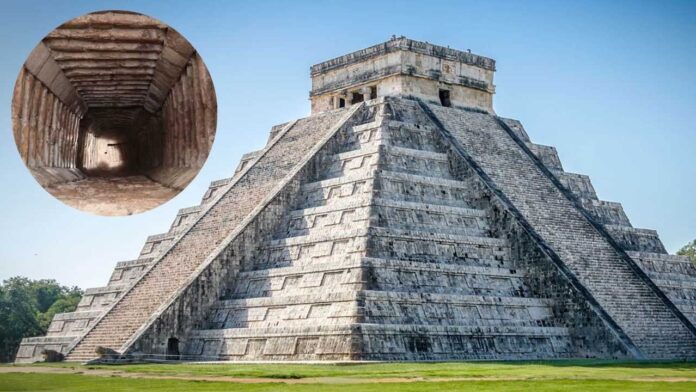The Temple of Kukulcan at Chichen Itza, Mexico, holds centuries of mystery within its ancient stones. This pyramid, built by the Maya, is more than just a wonder of the ancient world—it’s a testament to their knowledge of astronomy, architecture, and spirituality. From the serpent-shaped shadow to the mysterious cenote below, the secrets of Kukulcan continue to captivate and intrigue those who seek to uncover its hidden stories.
Hidden Secrets of the Kukulcan Temple at Chichen Itza, Mexico!
The Temple of Kukulcan, also known as El Castillo, stands at the heart of Chichen Itza, Mexico, and has long intrigued archaeologists and visitors alike. Declared one of the seven modern wonders of the world, this ancient pyramid, built by the Maya civilization, is not only an architectural marvel but also a repository of mysterious secrets that continue to captivate historians. From its celestial alignment to its curious acoustics, the temple still holds many wonders yet to be fully understood. Let’s explore the fascinating mysteries hidden within this ancient monument.
Discovering the Secrets of the Kukulcan Temple
Located in the ancient city of Chichen Itza, the Temple of Kukulcan was constructed between 700 and 900 AD by the Maya, with later additions influenced by the Toltec civilization, who conquered the region around 1000 AD. The temple is a step pyramid with a unique design that blends cosmology, science, and spirituality into a structure that defies the test of time. Although much has been uncovered about its significance, many aspects of the temple remain shrouded in mystery.
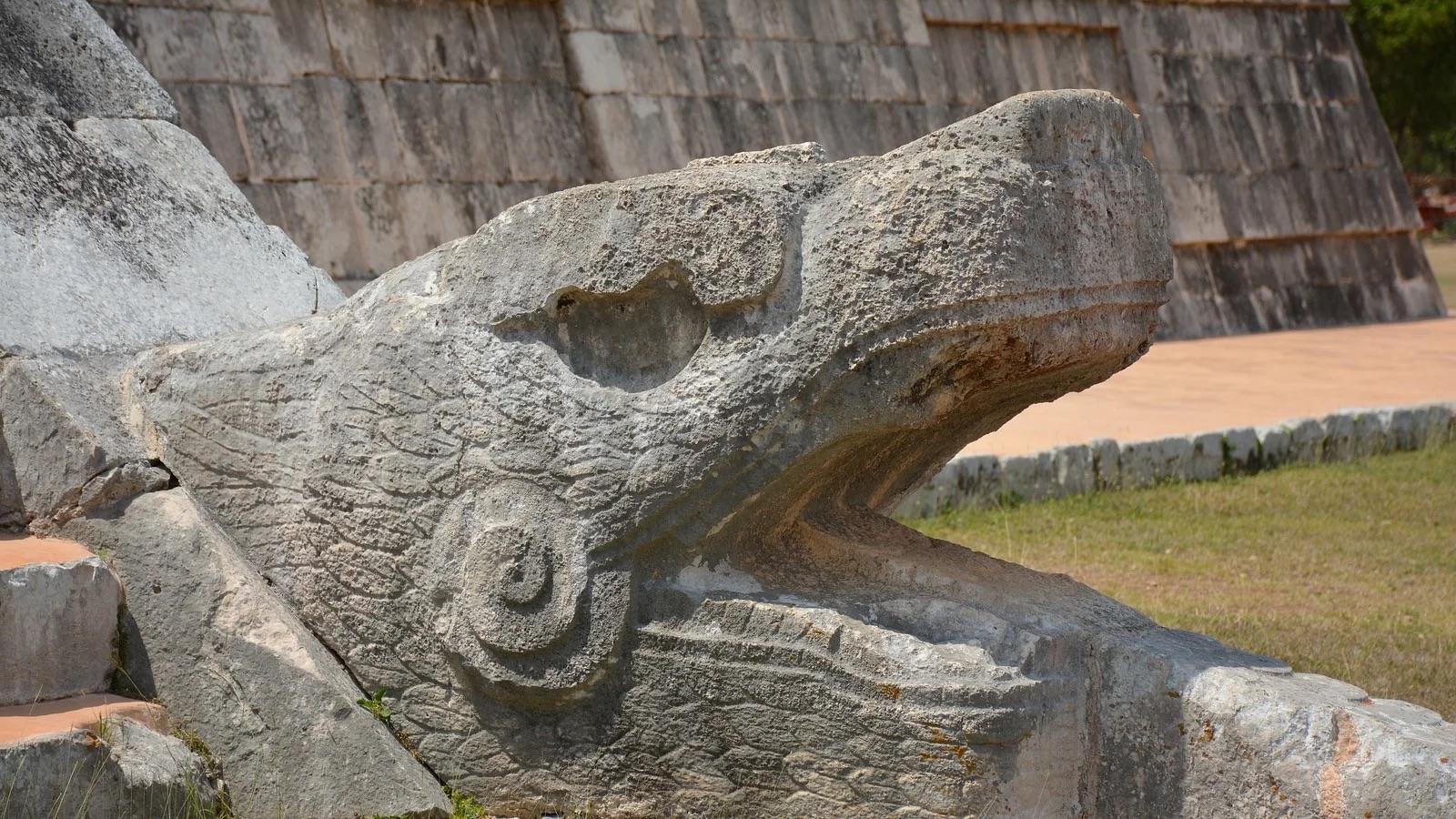
Symbolism
The Mayans were master stargazers and mathematicians, and their understanding of astronomy and the cosmos is reflected in the temple’s design. Each of the pyramid’s four sides contains exactly 91 steps. When you add the top platform, it totals 365 steps, symbolizing the days of the solar year. This clever design connects the structure directly to the Maya calendar and their deep reverence for time and the cosmos.
Moreover, the temple is built with nine platforms, representing the nine levels of the underworld according to Maya beliefs. This symbolism highlights their complex understanding of the spiritual realms and how they intertwined it with everyday life. Through such designs, the temple was not just a place of worship but also a manifestation of their cosmological and spiritual beliefs.
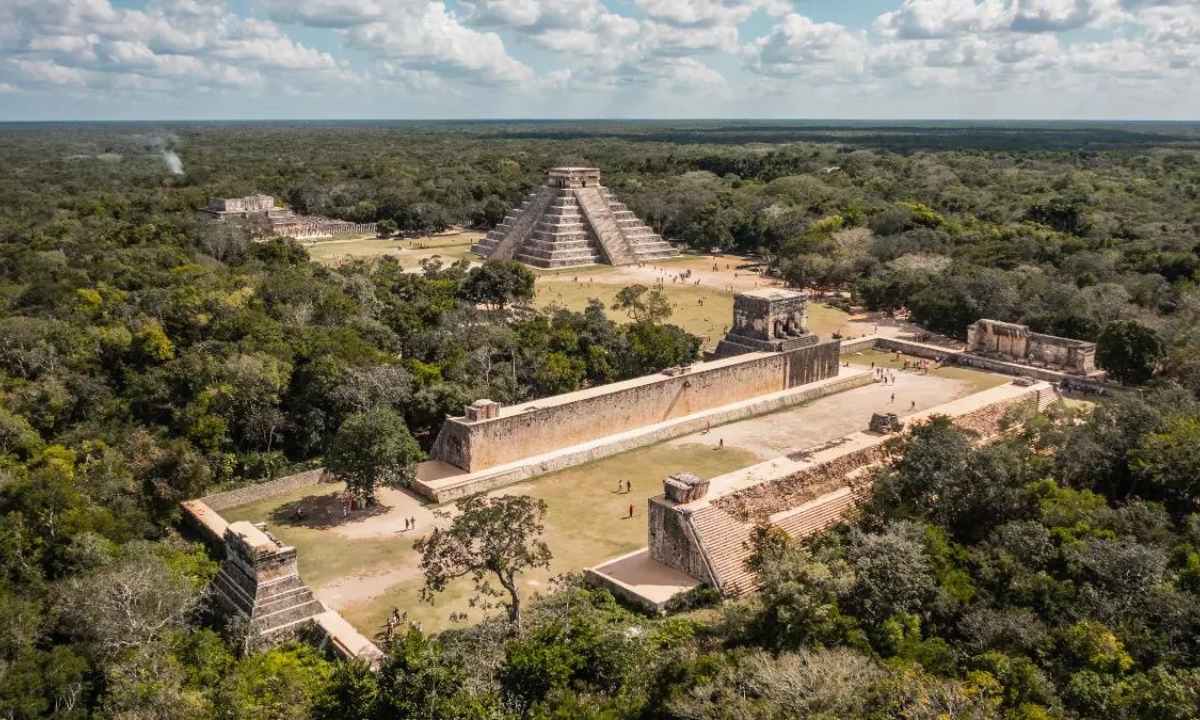
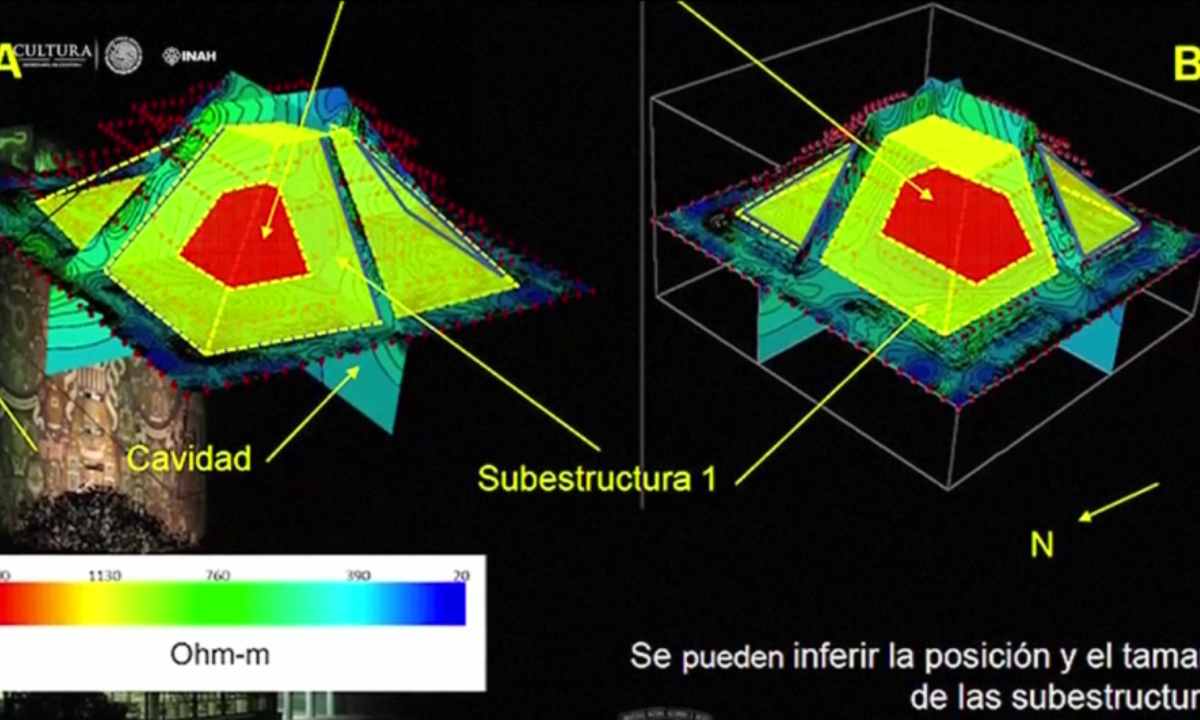
The Descent of Kukulcan
One of the most awe-inspiring phenomena associated with the Temple of Kukulcan occurs twice a year, during the spring and autumn equinoxes. As the sun sets on these special days, the shadow cast by the pyramid forms the image of a serpent slithering down the steps from the top of the temple. This visual effect is thought to represent the descent of the feathered serpent god Kukulcan, one of the Maya’s most revered deities.
This extraordinary event, known as “The Descent of Kukulcan,” is believed to symbolize the god’s visit to the earthly realm, joining his worshippers in the ritual and spiritual celebration. The precision with which the temple was designed to align with the movement of the sun reveals the advanced astronomical knowledge of the Maya.
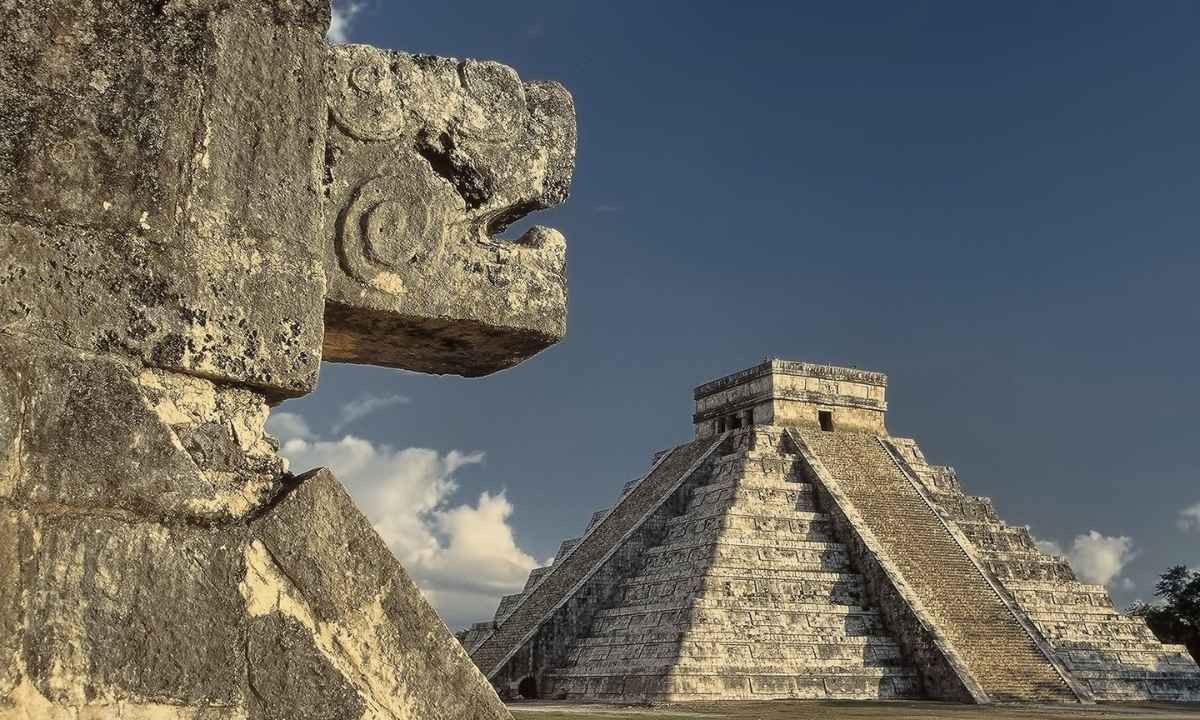
Acoustics – Random Chance or Genius?
Another fascinating feature of the Temple of Kukulcan is its unusual acoustics. When people clap their hands at the base of the pyramid, the echo that returns sounds remarkably like the call of the Quetzal, a bird that was sacred to the Maya. Whether this was an intentional design by the builders or a happy accident remains a mystery.
What we do know is that the Maya were incredibly skilled in understanding how sound behaved in space. Some scholars suggest that this acoustic effect was designed to imitate the voice of the Quetzal, connecting the temple to the god Kukulcan, often depicted as a feathered serpent with bird-like qualities. Whether intentional or coincidental, the acoustic phenomenon adds another layer of intrigue to the temple’s design.
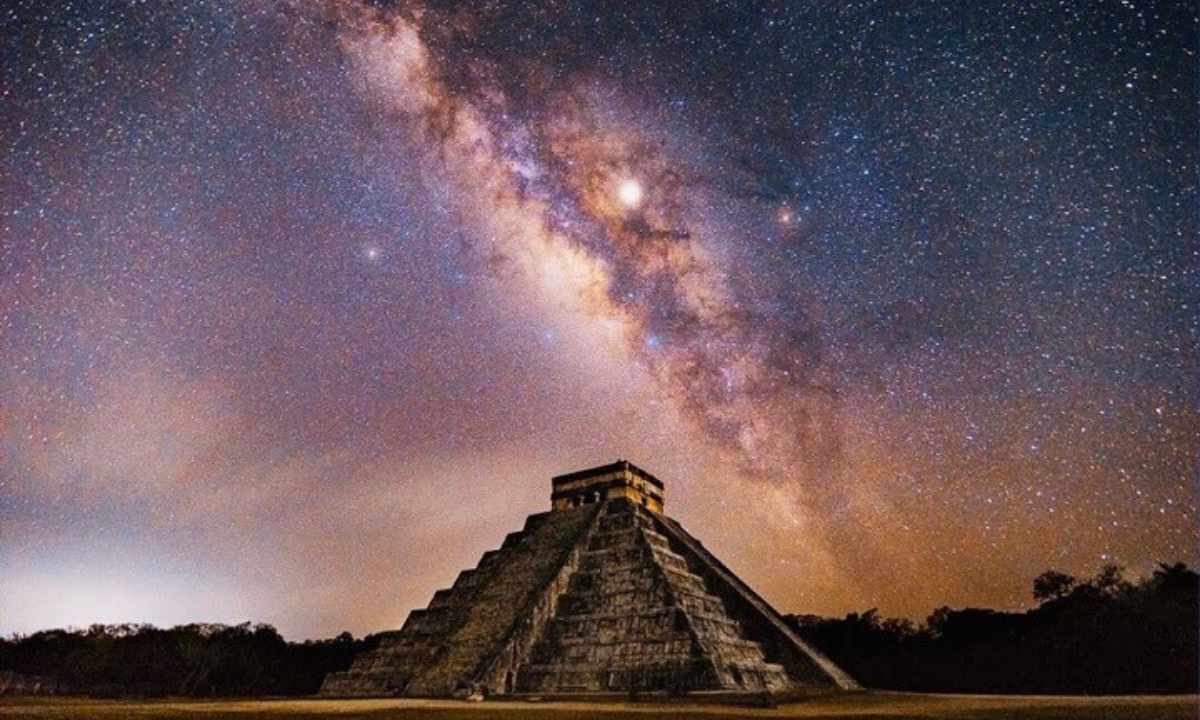
Entrance to the Underworld?
In recent years, archaeologists have discovered that the Temple of Kukulcan was built over a cenote, a natural sinkhole filled with water. For the Maya, cenotes were sacred, often believed to be entrances to the underworld. This discovery has led some researchers to speculate that the temple may have been a symbolic portal between the heavens, the earth, and the underworld, aligning with the Maya’s spiritual and cosmological beliefs.
Moreover, the cenote beneath the temple is part of a larger system of four cenotes, each located at one of the cardinal directions (north, south, east, and west). This positioning further reinforces the idea of the temple as the “axis mundi” or the spiritual center of the Maya world. The combination of celestial, terrestrial, and subterranean elements in the temple’s design demonstrates the Maya’s sophisticated understanding of the universe and their place within it.

The Mystery of Abandonment
One of the most puzzling mysteries surrounding Chichen Itza, including the Temple of Kukulcan, is its sudden abandonment around the 15th century. Although the city had flourished for hundreds of years, withstanding invasions and natural disasters, its inhabitants mysteriously left, and no historical records explain why.
Many theories have been proposed to explain this sudden departure, ranging from foreign invasions and disease outbreaks to environmental degradation and resource depletion. However, no definitive explanation has been uncovered, leaving this part of the temple’s history a lingering enigma.
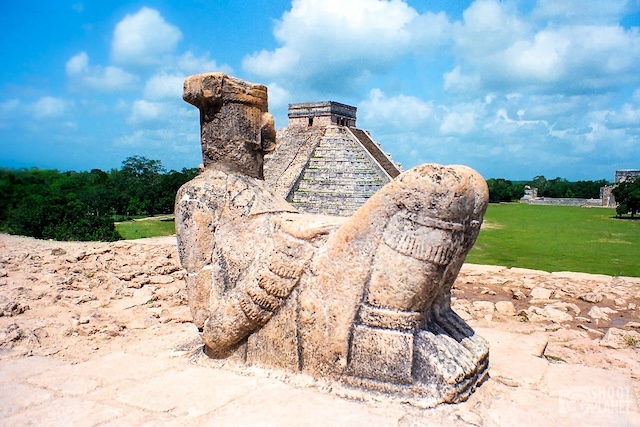
Conclusion
The Kukulcan Temple at Chichen Itza is far more than just an architectural masterpiece; it is a gateway to understanding the sophisticated and spiritually rich Maya civilization. Its precise alignment with celestial events, symbolic design, and acoustical phenomena all reveal the depth of the Maya’s knowledge and their ability to blend science, art, and spirituality into one cohesive structure.
As archaeologists continue to uncover new secrets from this ancient monument, the Temple of Kukulcan stands as a reminder of the extraordinary achievements of the Maya. With each new discovery, we gain not only insight into their world but also a renewed appreciation for the mysteries of the past that continue to inspire awe in the present. The legacy of the Maya lives on through the stones of Chichen Itza, beckoning us to explore the secrets they left behind.
